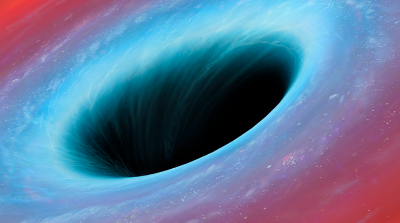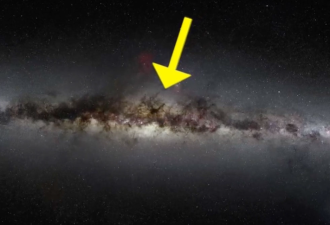Recently, scientists have made new breakthroughs in the study of black holes. These discoveries not only deepen our understanding of the extreme physical environment of the universe but also push the boundaries of theoretical physics, providing important clues for exploring the deep structure of the universe.
Black holes, the most mysterious celestial bodies in the universe, with their enormous mass and powerful gravitational field, distort the surrounding space-time structure, forming the so-called "event horizon." Once matter or light crosses this horizon, it cannot escape the black hole's engulfment, a property that challenges our traditional understanding of space and time. Recent research has revealed that black holes are not simply cosmic destroyers, but rather key links in the circulation of matter and energy. For example, the discovery of Hawking radiation reveals that black holes are not absolutely black; they gradually consume mass through radiation, a process that reveals the complex conversion mechanism between matter and energy.
Black holes play a crucial role in the formation and evolution of galactic structure
Supermassive black holes, in particular, are often located at the center of galaxies. They serve as the "gravitational anchors" of galaxies, profoundly influencing their structure and dynamics through their powerful gravitational pull. Black holes release enormous amounts of energy by accreting surrounding gas, dust, and stars. This energy, in the form of jets and radiation, influences the distribution of matter within galaxies. For example, the gravitational pull of Sagittarius A*, the supermassive black hole at the center of the Milky Way, not only controls the motion of stars in the galaxy's central region but also profoundly influences the evolution of the entire galaxy by regulating gas flows and the rate of star formation.
Black holes are also one of the ultimate destinations of stellar evolution
When a massive star exhausts its nuclear fuel, its interior, unable to support its immense mass, collapses, ultimately forming a black hole. During this process, the star's outer layers are ejected into space in a supernova explosion. This material is rich in newly synthesized heavy elements, such as iron, gold, and silver, significantly enriching the chemical composition of the universe. Furthermore, extreme events such as black hole mergers can release enormous amounts of energy, promoting the synthesis of heavy elements and contributing to the chemical diversity of the universe.
Black holes are also important sources of gravitational waves
When two black holes approach each other and eventually merge, their gravitational interaction generates strong gravitational waves. These waves propagate throughout the universe at the speed of light, providing new avenues for studying the formation, evolution, and properties of black holes. The detection of gravitational waves not only verifies the predictions of Einstein's general theory of relativity but also provides new tools for exploring the fundamental laws of the universe.
The study of black holes has also raised the famous "information paradox":
- when matter is swallowed by a black hole, is the physical information it carries permanently lost, thereby violating the law of information conservation in quantum mechanics? This question touches on a profound contradiction between quantum mechanics and general relativity, posing a major challenge to the development of theoretical physics. The discussion and research surrounding this issue has promoted the advancement of physics theory and inspired profound reflection on the nature and meaning of the universe.






